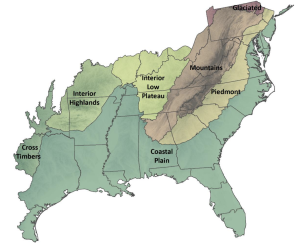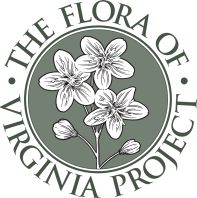Floras & Field Guides
Published floras have traditionally been the main means of synthesizing information on the species of plants in an area—their habitats, phenology, classification, common names, and practical identification. The Herbarium has published three comprehensive floras: the Flora of Virginia, coauthored with Chris Ludwig and Johnny Townsend, the Flora of the Southern and Mid-Atlantic States, and the recently released Flora of the Southeastern United States. The Flora of Virginia has won several awards, including the Thomas Jefferson Award for Conservation.
Through these and other major accomplishments, the Herbarium and allied researchers are today viewed as primary sources for information on southeastern U.S plants—information that is a foundational tool used by botanists, foresters, horticulturists, conservationists, and students throughout the U.S.
In 2015, the UNC Carolina Apps Program teamed up with NCU Herbarium and NCBG staff to develop the iPhone/iPad application FloraQuest. This app allowed for mobile identification of over 7,000 plant species in a 14-state region through an interactive interface. In 2022, The Southeastern Flora Team, led by Alan Weakley and Michael Lee, developed plans to phase out FloraQuest with a new and improved flora app, working closely with collaborator Katie Gibson (developer of High Country flora apps). As of December 2022, this app is being tested in beta form by various users in the northeastern region of the FSUS (Virginia northward), and the app will be available for public use in spring of 2023.


